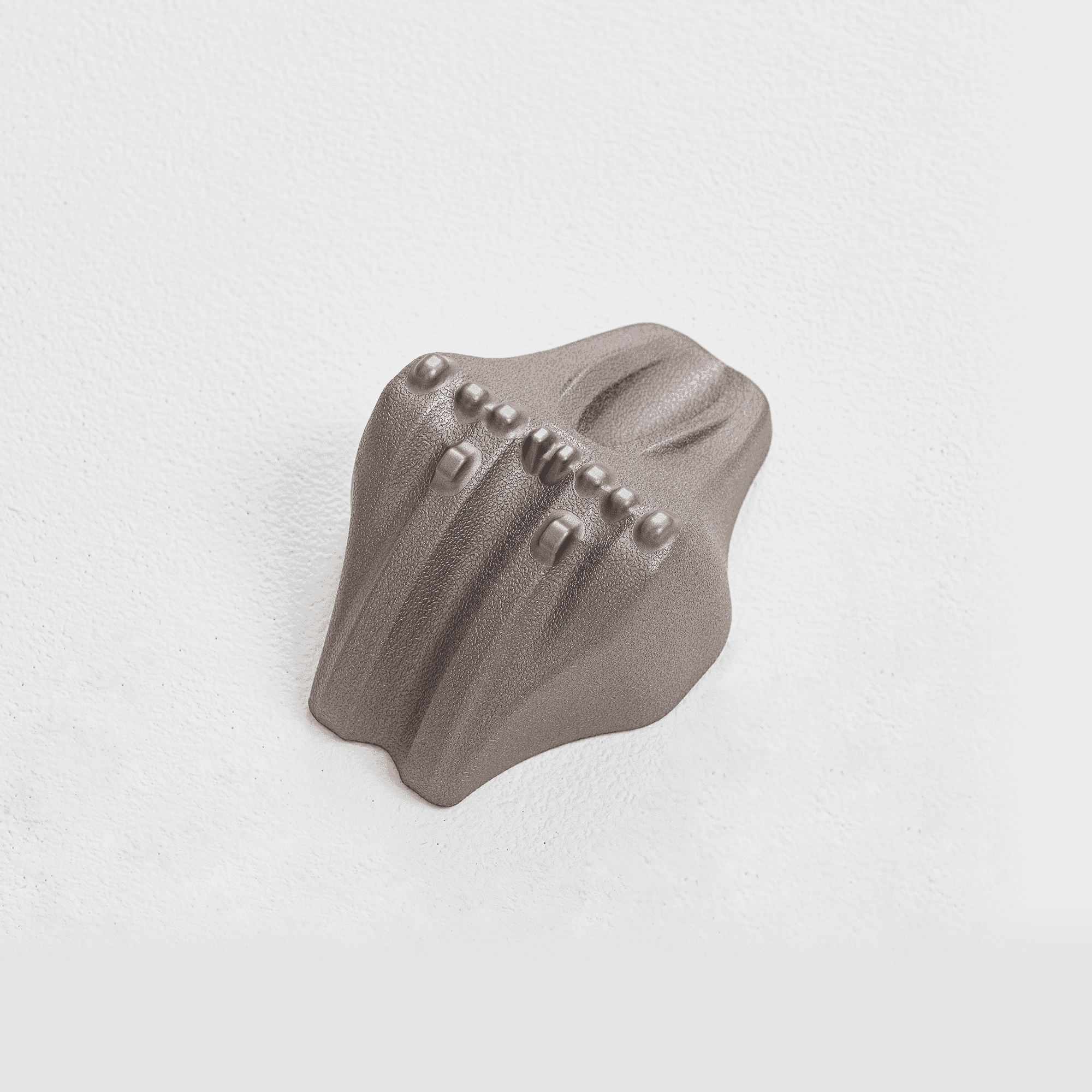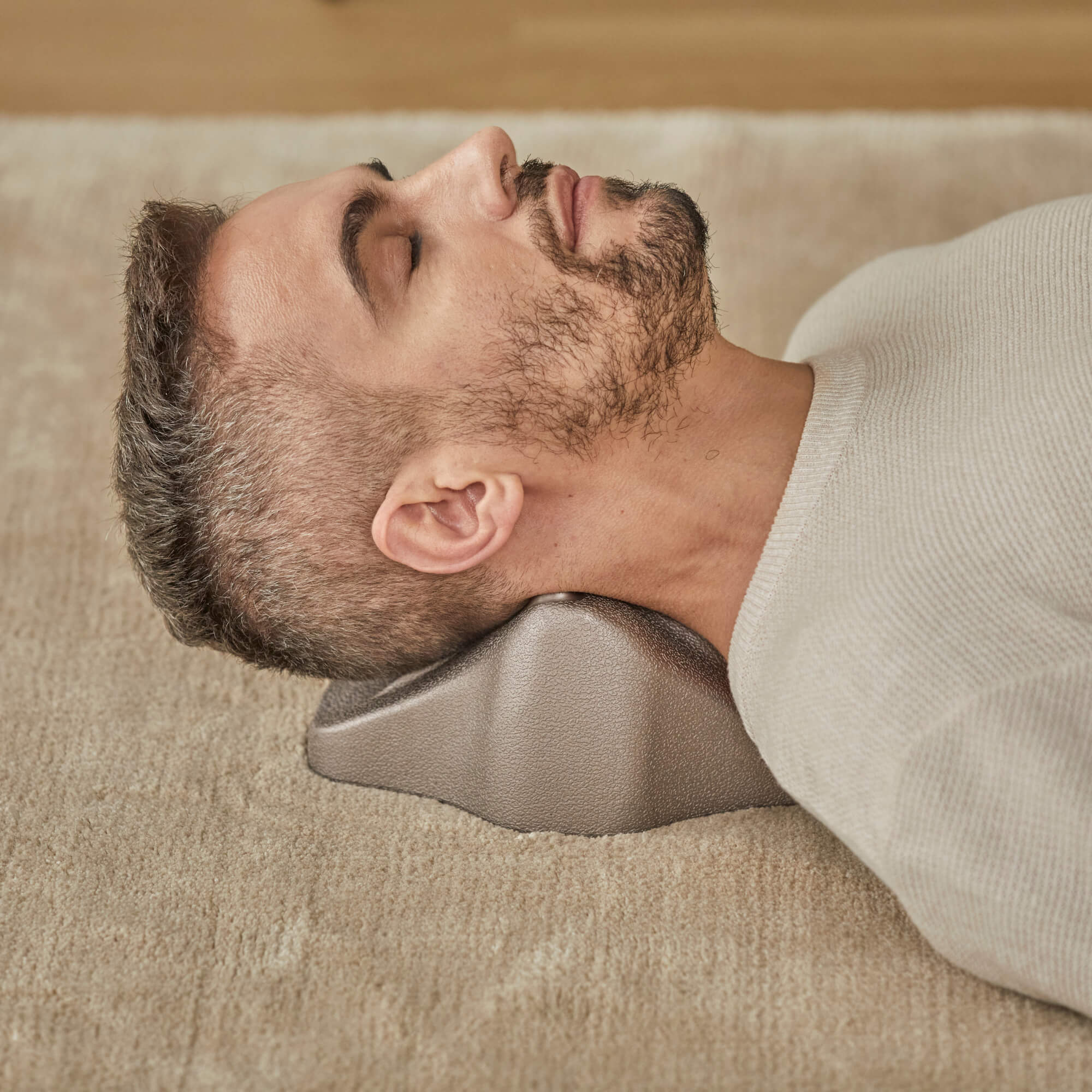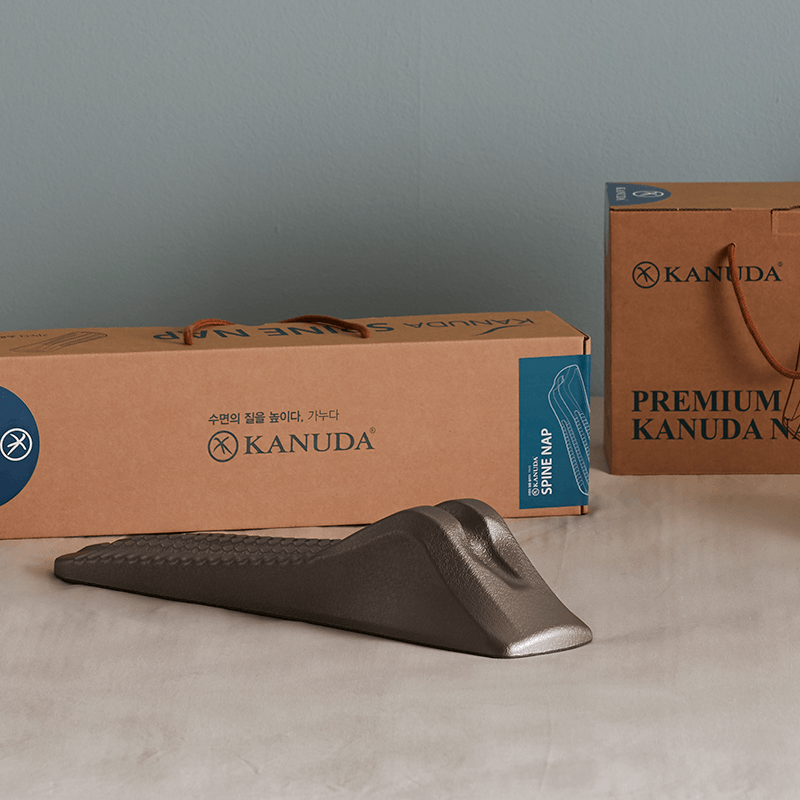If you're one of the many adults who suffer from chronic headaches, you know how they can make everyday tasks difficult. Tension headaches and neck pain often happen together, making it hard to focus. Luckily, there are some great devices that can help. Let's look at some of the top head and neck traction devices that can help manage chronic headaches and make your life better.
| Key Takeaways |
|---|
|
Understanding Head and Neck Traction
Head and neck traction devices work by gently stretching the muscles and joints in your neck. This can help relieve pressure, improve blood flow, and reduce pain. Many people find traction helpful for tension headaches, which feel like a tight band around your head. The gentle stretching can also help with pinched nerves and make blood flow better in your neck area.
These devices are like some of the techniques physical therapists use. They create space between the bones in your neck, which can take pressure off nerves and loosen tight muscles. This can help fix alignment problems, make your neck move better, and maybe even reduce how often you get headaches. Using these devices regularly might also help improve your posture and overall neck health over time.
Top Head and Neck Traction Devices
1. Kanuda SOMA Nap Head Traction Device
The Kanuda SOMA Nap is a new device that can really help with neck pain and tension. It has different parts to help different areas of your neck and upper back. Scientists studied how our bodies move and work to make sure this device supports and stretches your neck in the best way possible.
Here are some cool things about the SOMA Nap:
Key Benefits of SOMA Nap
- Helps with neck pain by gently stretching neck muscles
- Can help you sleep better by relaxing your neck and shoulders
- Supports your spine by helping it stay in the right position
- Has special pressure points that can give extra relief
The SOMA Nap is made from special foam and is about the size of a small pillow. It's light, only weighing 1 pound, so you can easily use it at home or take it with you when you travel. The foam is just the right firmness to support your neck comfortably while still stretching it enough to help.
To use the SOMA Nap, just lie down and put it under your neck for 15-20 minutes. Many people like to use it before bed to help relax their neck muscles and sleep better. The special shape of the device helps support the natural curve of your neck, which can help reduce strain on your muscles and ligaments.
2. Kanuda Spine Nap Traction Pillow
If you want something that helps your neck and upper back, the Kanuda Spine Nap is great. This pillow is like having a physical therapy session at home. It's bigger than the SOMA Nap and has a special shape to help with more neck and back issues.
Here's what's good about the Spine Nap:
Key Benefits of Spine Nap Traction Pillow
- Helps fix posture problems by supporting your spine's natural curve
- Relaxes tight muscles and tissues, making you more flexible
- Reduces pain in your neck and shoulders by gently stretching them
- Can help your nerves work better by taking pressure off them
The Spine Nap is a bit bigger than the SOMA Nap. It's made from the same kind of foam and weighs a little more at 1.8 pounds. The bigger size means it can support more of your upper back, which is really good if you have back problems or poor posture.
It's recommended to use the Spine Nap for 10-30 minutes a day. This can help improve your posture, relieve tension, and maybe even reduce how often you get headaches. Using it regularly might also help your spine stay healthy over time.
Comparing Traction Devices
When choosing between the SOMA Nap and Spine Nap, think about what hurts and what kind of help you need. Here's a quick comparison to help you decide:
| Feature | SOMA Nap | Spine Nap |
|---|---|---|
| Main Focus | Head and neck | Neck and upper back |
| Size | 6.7″L x 9.45″W x 4.33″H | 5.8″L x 20.5″W x 4.1″H |
| Weight | 1 lbs Lighter | 1.8 lbs |
| Best Benefit | Strong neck relief Focused | Full back support Covers more |
| Best For | Just neck pain | Fixing overall posture |
Using Traction Devices Safely
While these devices can be really helpful, it's important to use them safely. Here are some tips to remember:
- Start with short sessions (5-10 minutes) and slowly make them longer as you get comfortable. This gives your body time to get used to the stretching.
- If you feel any extra pain, stop using the device right away and talk to your doctor. A little discomfort at first is normal, but sharp or lasting pain is not okay.
- These devices aren't good for people with certain health problems like rheumatoid arthritis, recent neck injuries, or weak bones. Always ask a doctor before trying new treatments, especially if you have other health issues.
- Clean your device regularly to keep it hygienic and make it last longer. Most Kanuda pillow covers can be taken off and washed in the machine, which makes cleaning easy.
- Pay attention to how your body feels and adjust how often you use the device. Some people might benefit from using it every day, while others might find a few times a week is better.
- Try combining traction therapy with gentle neck stretches and exercises that a physical therapist or doctor recommends for the best results.
Other Ways to Help Manage Headaches
While traction devices can be really helpful, they work best when used along with other ways to manage headaches. By combining traction therapy with other strategies, you can create a more effective plan to feel better. Here are some other things you can try:
- Stress reduction techniques like deep breathing, relaxing your muscles, or imagining peaceful scenes. These can help reduce tension that often causes headaches.
- Regular exercise, especially gentle stretches for your neck and shoulders. Activities like yoga or swimming can help make your muscles stronger and more flexible.
- Setting up your workspace to support good posture and reduce strain on your neck and shoulders.
- Drinking enough water and eating a balanced diet. Not drinking enough water can cause headaches, and some foods might trigger headaches for some people.
- Getting enough good quality sleep. Try to go to bed and wake up at the same times each day, and create a relaxing bedtime routine.
- Trying mindfulness meditation or biofeedback techniques to help manage pain and reduce stress.
- Getting massages or trying acupuncture, which can work well with traction by helping with muscle tension and promoting relaxation.
Remember, chronic headaches can have many causes, including other health conditions, lifestyle factors, or things in your environment. If you're having frequent or really bad headaches, it's important to talk to a doctor. They can check for any serious health issues and help you create a plan that works best for you.
Conclusion
Head and neck traction devices like the Kanuda SOMA Nap and Spine Nap can be really helpful for managing chronic headaches and neck pain. By gently stretching and supporting your neck, these devices can help relieve tension, improve posture, and maybe even reduce how often you get headaches. They're easy to use and don't involve any medications, which makes them a good option for many people looking for relief from ongoing discomfort.
When choosing a traction device, think about what kind of pain you have and where it hurts. The SOMA Nap is great for focusing on neck relief, while the Spine Nap offers more support for your whole upper back. Whichever you choose, try to use it as part of a bigger plan to manage your headaches, including reducing stress, exercising, and setting up your workspace properly.
Remember, everyone's experience with headaches is different. What works for one person might not work for another. Be patient as you try different things, and don't hesitate to talk to a doctor for advice. They can help you create a plan that might include traction devices along with other treatments or lifestyle changes.
By taking steps to manage your headaches, including using traction devices when they're right for you, you can work towards feeling better and improving your life. With consistent effort and the right combination of treatments, many people find their headaches get much better over time. Here's to healthier, happier days ahead, free from the burden of chronic headaches and neck pain!












